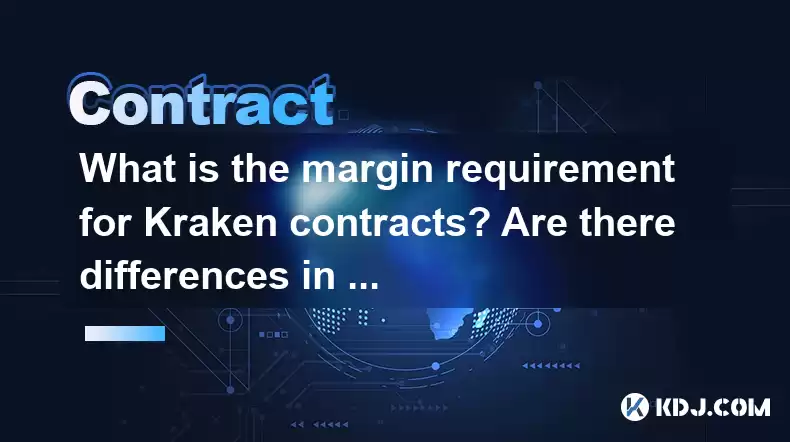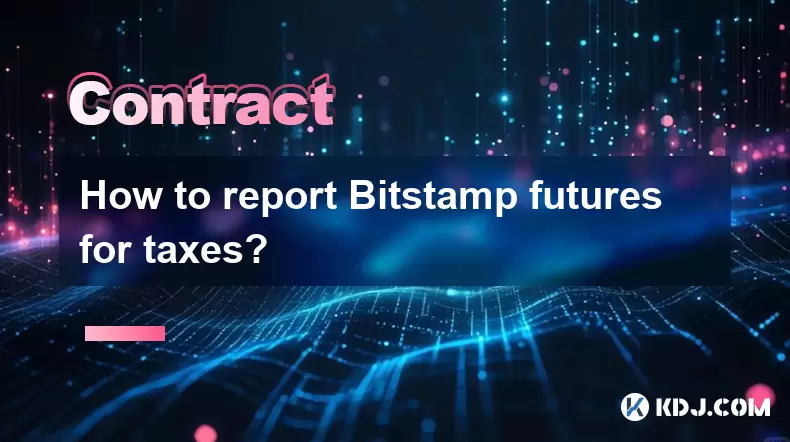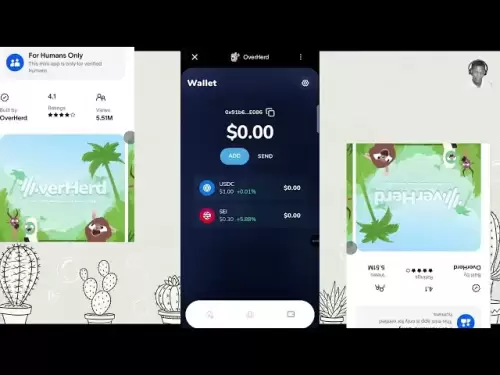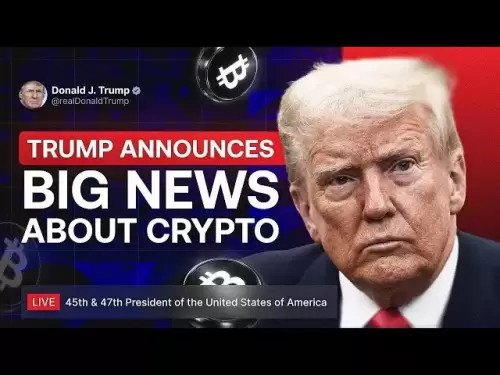-
 Bitcoin
Bitcoin $114100
-0.14% -
 Ethereum
Ethereum $3635
-0.73% -
 XRP
XRP $2.949
-2.85% -
 Tether USDt
Tether USDt $0.9999
-0.03% -
 BNB
BNB $760.3
-0.78% -
 Solana
Solana $163.8
-2.77% -
 USDC
USDC $0.9998
-0.04% -
 TRON
TRON $0.3323
-0.57% -
 Dogecoin
Dogecoin $0.2004
-2.99% -
 Cardano
Cardano $0.7245
-2.87% -
 Hyperliquid
Hyperliquid $37.52
-3.75% -
 Stellar
Stellar $0.3915
-3.58% -
 Sui
Sui $3.416
-2.20% -
 Bitcoin Cash
Bitcoin Cash $559.5
-0.84% -
 Chainlink
Chainlink $16.41
-2.16% -
 Hedera
Hedera $0.2406
-1.78% -
 Ethena USDe
Ethena USDe $1.001
0.00% -
 Avalanche
Avalanche $22.13
-1.98% -
 Litecoin
Litecoin $117.8
-4.32% -
 UNUS SED LEO
UNUS SED LEO $8.989
0.01% -
 Toncoin
Toncoin $3.183
-5.09% -
 Shiba Inu
Shiba Inu $0.00001214
-1.97% -
 Uniswap
Uniswap $9.654
-1.71% -
 Polkadot
Polkadot $3.616
-1.18% -
 Monero
Monero $291.6
-2.66% -
 Dai
Dai $0.9999
0.00% -
 Bitget Token
Bitget Token $4.310
-1.10% -
 Cronos
Cronos $0.1382
-1.93% -
 Pepe
Pepe $0.00001021
-3.40% -
 Aave
Aave $257.9
-1.42%
What is the margin requirement for Kraken contracts? Are there differences in margin for different currencies?
Kraken's margin requirements for futures vary by currency: Bitcoin (1-5%), Ethereum (2-10%), and altcoins like LTC/XRP (5-20%), reflecting asset volatility and liquidity.
Apr 29, 2025 at 05:56 pm

Introduction to Kraken Margin Requirements
When trading on Kraken, one of the key aspects to understand is the margin requirement for futures contracts. Margin requirements dictate the amount of funds that must be deposited to open and maintain positions. These requirements can vary based on the type of currency and the specific contract being traded. In this article, we will delve into the specifics of margin requirements on Kraken, exploring how they differ across various currencies and providing detailed insights into the process.
Understanding Margin Requirements on Kraken
Margin requirements on Kraken are essential for traders to grasp as they directly impact the ability to leverage positions. Essentially, margin is the collateral that traders need to post to open a futures contract. Kraken sets these requirements to ensure that traders have sufficient funds to cover potential losses. The margin requirement is typically expressed as a percentage of the contract's notional value.
Margin Requirements for Different Currencies
Kraken's margin requirements can vary depending on the currency pair being traded. Let's look at some of the common currencies and their associated margin requirements:
- Bitcoin (BTC): For Bitcoin futures contracts, Kraken typically requires a margin of around 1% to 5% of the contract's notional value. This can vary based on market volatility and other factors.
- Ethereum (ETH): Ethereum futures contracts usually have a margin requirement of 2% to 10%. The variation is due to the different levels of volatility and liquidity associated with Ethereum.
- Other Altcoins: For less liquid altcoins such as Litecoin (LTC) or Ripple (XRP), margin requirements might be higher, often ranging from 5% to 20%. This reflects the increased risk associated with these assets.
How to Calculate Margin Requirements
Calculating the margin requirement for a futures contract on Kraken involves understanding the notional value of the contract and the applicable margin percentage. Here’s how you can do it:
- Determine the Notional Value: The notional value is the total value of the futures contract. For example, if you're trading a Bitcoin futures contract with a value of $50,000, that's your notional value.
- Apply the Margin Percentage: If the margin requirement for Bitcoin is 2%, you would calculate the margin as follows: Margin = Notional Value x Margin Percentage. In this case, $50,000 x 2% = $1,000.
Steps to Open a Futures Contract on Kraken
Opening a futures contract on Kraken involves several steps, each of which requires careful attention to the margin requirements. Here’s a detailed guide on how to do it:
- Log into Your Kraken Account: Access your Kraken account by entering your username and password.
- Navigate to the Futures Trading Section: Once logged in, go to the futures trading section of the platform.
- Select the Desired Contract: Choose the futures contract you wish to trade, such as a Bitcoin or Ethereum contract.
- Calculate the Required Margin: Use the method described above to calculate the margin required for the contract.
- Deposit the Margin: Ensure that you have sufficient funds in your account to cover the margin requirement. If not, you will need to deposit more funds.
- Place the Order: Enter the details of your order, including the quantity and the price at which you want to enter the contract.
- Monitor Your Position: Once the order is filled, monitor your position closely to ensure you maintain the required margin levels.
Factors Affecting Margin Requirements
Several factors can influence the margin requirements on Kraken:
- Market Volatility: High volatility can lead to higher margin requirements as the risk of significant price movements increases.
- Liquidity: Contracts for less liquid assets may have higher margin requirements to account for the increased risk of slippage.
- Regulatory Changes: Changes in regulations can impact margin requirements, as exchanges may need to adjust to comply with new rules.
- Exchange Policies: Kraken may adjust margin requirements based on its own risk management policies and market conditions.
Managing Margin Calls on Kraken
A margin call occurs when the value of your position falls below the maintenance margin level. Here’s how to manage margin calls on Kraken:
- Monitor Your Account: Regularly check your account to ensure your positions are within the required margin levels.
- Deposit Additional Funds: If you receive a margin call, you can deposit additional funds to meet the requirement and avoid liquidation.
- Close Positions: Alternatively, you can close some or all of your positions to reduce the margin requirement and bring your account back into compliance.
Frequently Asked Questions
Q: Can margin requirements change after opening a position on Kraken?
A: Yes, margin requirements can change due to market conditions, regulatory changes, or adjustments by Kraken. It's important to stay informed about any changes that might affect your positions.
Q: What happens if I fail to meet a margin call on Kraken?
A: If you fail to meet a margin call, Kraken may liquidate your positions to cover the shortfall. This can result in significant losses, so it's crucial to manage your margin levels carefully.
Q: Are there any fees associated with margin trading on Kraken?
A: Yes, Kraken charges fees for margin trading, which can include both trading fees and funding fees for borrowed funds. These fees can vary based on the type of contract and the volume of trading.
Q: Can I use different currencies to meet margin requirements on Kraken?
A: Yes, Kraken allows you to use various cryptocurrencies to meet margin requirements, but the specific currencies accepted may vary based on the contract and Kraken's policies.
Disclaimer:info@kdj.com
The information provided is not trading advice. kdj.com does not assume any responsibility for any investments made based on the information provided in this article. Cryptocurrencies are highly volatile and it is highly recommended that you invest with caution after thorough research!
If you believe that the content used on this website infringes your copyright, please contact us immediately (info@kdj.com) and we will delete it promptly.
- Acapulco Crafts in Crisis: Sales Plummet, Artisans Struggle
- 2025-08-06 14:30:12
- SEC, Crypto & Bitwise CIO: A New Dawn?
- 2025-08-06 14:35:11
- Coinbase, Financing, and the Crypto Market: Navigating Choppy Waters in NYC Style
- 2025-08-06 12:50:11
- Bitcoin in Indonesia: Crypto Education and Economic Strategy
- 2025-08-06 12:50:11
- DeriW Mainnet: Zero Gas Fees Revolutionize On-Chain Derivatives Trading
- 2025-08-06 10:30:11
- IOTA, Cloud Mining, and Eco-Friendly Crypto: A New York Investor's Take
- 2025-08-06 10:30:11
Related knowledge

Why is my Bitstamp futures position being liquidated?
Jul 23,2025 at 11:08am
Understanding Futures Liquidation on BitstampFutures trading on Bitstamp involves borrowing funds to open leveraged positions, which amplifies both po...

How to report Bitstamp futures for taxes?
Jul 30,2025 at 08:35am
Understanding Bitstamp Futures and Taxable EventsWhen trading Bitstamp futures, it’s essential to recognize that these financial instruments are treat...

Does Bitstamp offer inverse contracts?
Jul 23,2025 at 01:28pm
Understanding Inverse Contracts in Cryptocurrency TradingIn the realm of cryptocurrency derivatives, inverse contracts are a specific type of futures ...

What is the difference between futures and perpetuals on Bitstamp?
Jul 27,2025 at 05:08am
Understanding Futures Contracts on BitstampFutures contracts on Bitstamp are financial derivatives that allow traders to speculate on the future price...

How to find your Bitstamp futures trade history?
Jul 23,2025 at 08:07am
Understanding Bitstamp and Futures Trading AvailabilityAs of the current state of Bitstamp’s service offerings, it is critical to clarify that Bitstam...

Can I use a trailing stop on Bitstamp futures?
Jul 23,2025 at 01:42pm
Understanding Trailing Stops in Cryptocurrency TradingA trailing stop is a dynamic type of stop-loss order that adjusts automatically as the price of ...

Why is my Bitstamp futures position being liquidated?
Jul 23,2025 at 11:08am
Understanding Futures Liquidation on BitstampFutures trading on Bitstamp involves borrowing funds to open leveraged positions, which amplifies both po...

How to report Bitstamp futures for taxes?
Jul 30,2025 at 08:35am
Understanding Bitstamp Futures and Taxable EventsWhen trading Bitstamp futures, it’s essential to recognize that these financial instruments are treat...

Does Bitstamp offer inverse contracts?
Jul 23,2025 at 01:28pm
Understanding Inverse Contracts in Cryptocurrency TradingIn the realm of cryptocurrency derivatives, inverse contracts are a specific type of futures ...

What is the difference between futures and perpetuals on Bitstamp?
Jul 27,2025 at 05:08am
Understanding Futures Contracts on BitstampFutures contracts on Bitstamp are financial derivatives that allow traders to speculate on the future price...

How to find your Bitstamp futures trade history?
Jul 23,2025 at 08:07am
Understanding Bitstamp and Futures Trading AvailabilityAs of the current state of Bitstamp’s service offerings, it is critical to clarify that Bitstam...

Can I use a trailing stop on Bitstamp futures?
Jul 23,2025 at 01:42pm
Understanding Trailing Stops in Cryptocurrency TradingA trailing stop is a dynamic type of stop-loss order that adjusts automatically as the price of ...
See all articles

























































































